15 Vegetables With Least Nutrition And 15 Better Alternatives To Include
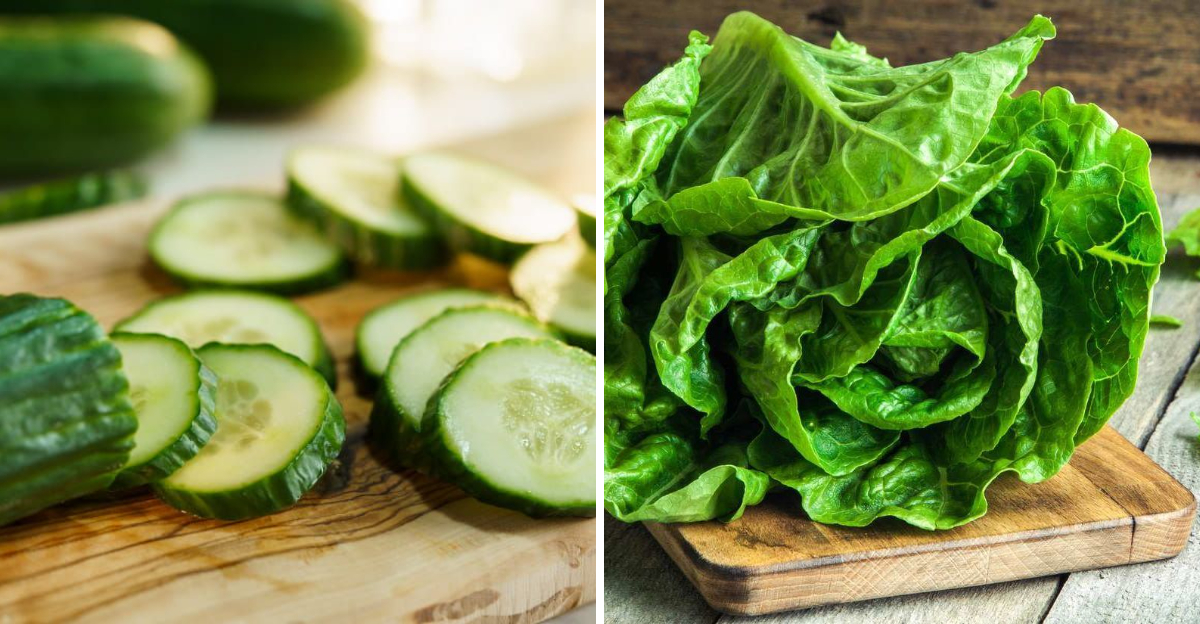
Not all vegetables are created equal. While some are packed with vitamins, minerals, and antioxidants, others bring very little to the plate beyond water and fiber. If you’re trying to make every bite count, it helps to know which veggies are nutritional underachievers—and what you can swap in for a bigger health boost.
1. Iceberg Lettuce

Iceberg lettuce sits on many a salad plate, offering a crunchy texture but not much else. It’s mostly water with minimal vitamins or minerals, making it a nutritional lightweight. Despite its refreshing crunch, it pales in comparison to darker leafy greens. This lettuce variety is often chosen for its ability to add bulk and texture rather than nutritional value. Because of its high water content, it’s great for hydration but falls short in nutrients. If you’re looking for more nutrient-dense options, consider swapping it out for spinach or kale.
2. Celery

Celery is a popular snack choice, renowned for being super low in calories. While it offers a satisfying crunch, its nutritional profile is sparse. With mostly water and fiber, its vitamin and mineral content is minimal. Often chosen for its low-calorie benefit, celery doesn’t contribute much else. However, it can be refreshing and hydrating, especially in hot weather. Its unique taste complements many dishes, but if you’re seeking more nutrition, consider munching on carrot sticks instead.
3. Cucumber (Peeled)

Once peeled, cucumbers lose much of their nutritional value, offering nearly no fiber or antioxidants. While they provide a hydrating burst of water, the peel is where most nutrients reside. This makes peeled cucumbers one of the lighter options in terms of vitamins and minerals. Though refreshing, they lack the nutrient density found in other vegetables. For those looking to boost their intake of vitamins and antioxidants, consider keeping the peel on or opting for a different veggie like zucchini.
4. Zucchini (Overcooked)

Zucchini, when overcooked, becomes mushy and loses much of its nutrient value. While raw zucchini is a good source of vitamins and minerals, cooking it too long diminishes its nutritional benefits. Overcooking can lead to a significant drop in its naturally occurring vitamins. Despite its popularity in various dishes, the loss of nutrients through overcooking makes it less beneficial. To enjoy its full potential, try lightly steaming or sautéing zucchini instead.
5. White Potatoes (Fried)
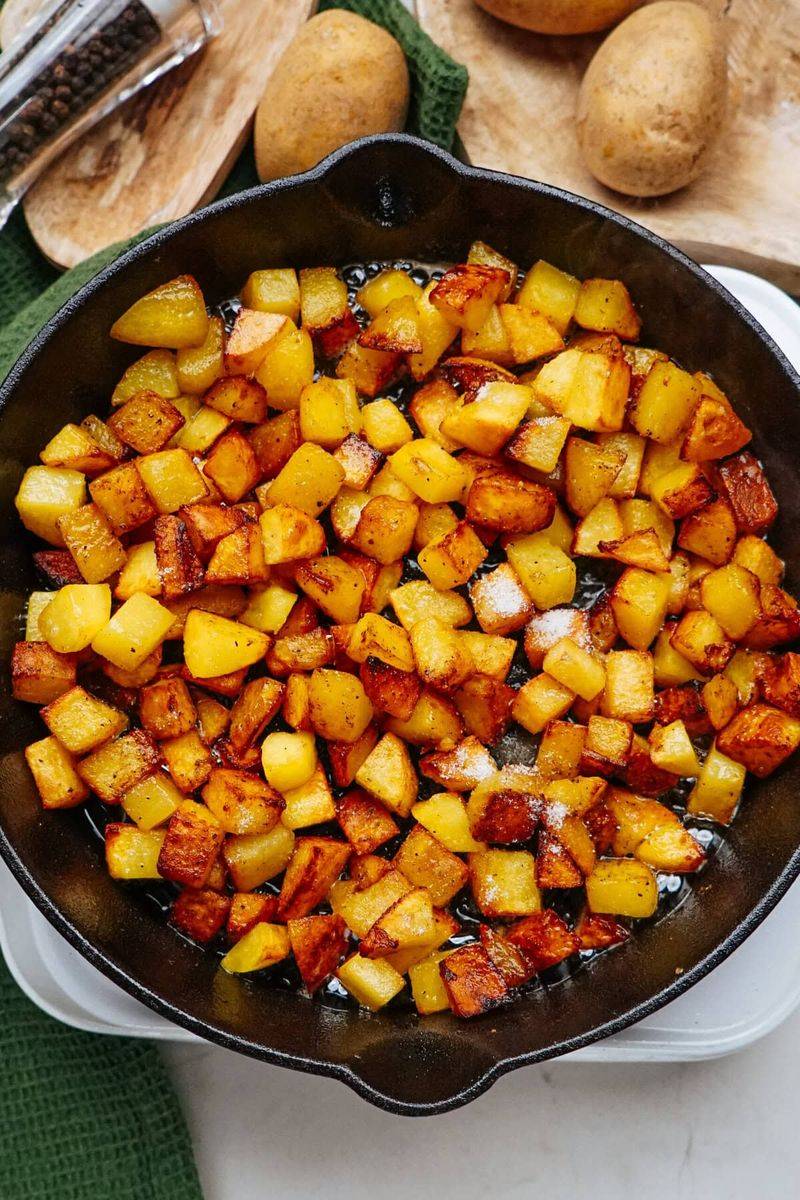
White potatoes, especially when fried, lose many of their natural nutrients and become high in starch. While potatoes are a staple in many diets, the frying process strips them of essential vitamins, leaving them calorie-dense. This transformation makes them less ideal for those seeking a nutrient-rich diet. Although delicious, fried potatoes should be consumed in moderation. For a healthier alternative, consider baking or boiling potatoes to retain more nutrients.
6. Corn
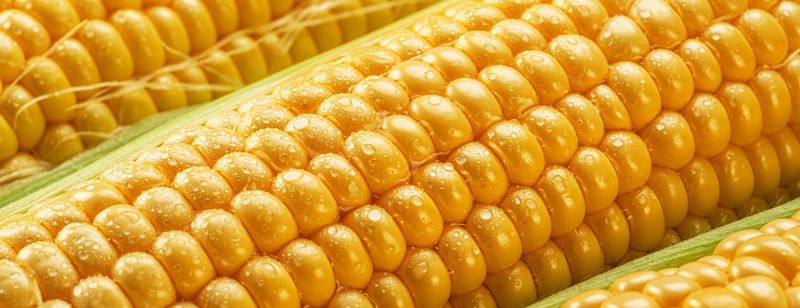
Corn, though technically a grain, often makes its way onto the vegetable list. It’s high in carbohydrates and offers few essential nutrients compared to other veggies. While corn can be a tasty addition to meals, its nutritional offerings are limited. It’s more calorie-dense than many vegetables and lacks the vitamins and minerals found in leafy greens. For a more nutrient-packed option, consider substituting corn with broccoli or cauliflower.
7. Romaine Lettuce
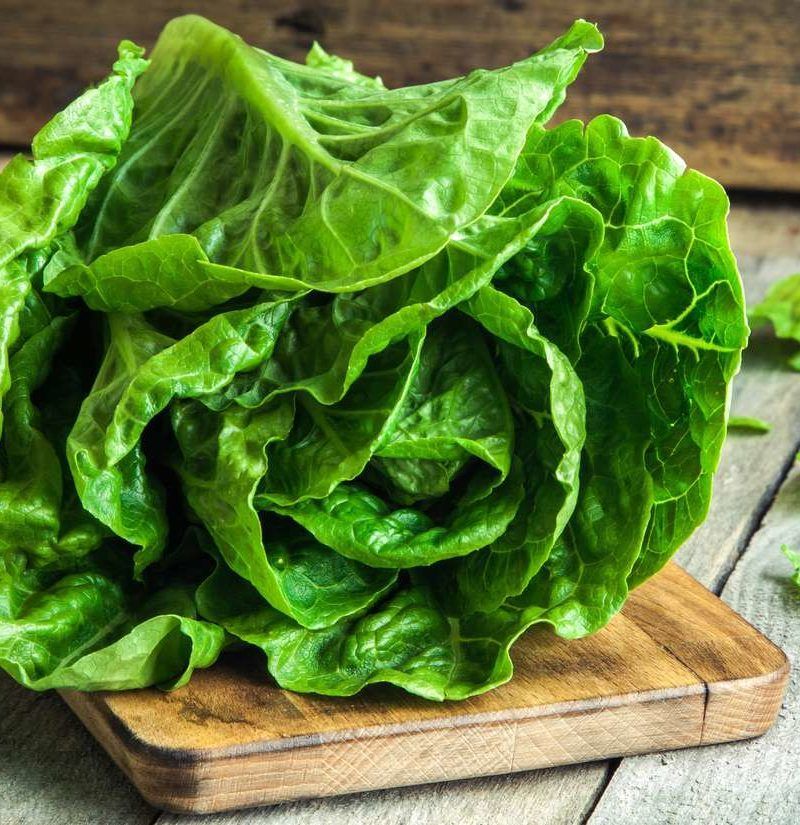
Romaine lettuce, while slightly more nutritious than iceberg, still lags behind greens like spinach or kale. Its crisp texture makes it a popular choice for salads, but its vitamin and mineral content is relatively low. Though offering some nutrients, it’s not as dense as other leafy greens. If you’re aiming to maximize your intake of vitamins and minerals, consider opting for darker greens like collard greens or arugula.
8. Mushrooms (White Button)
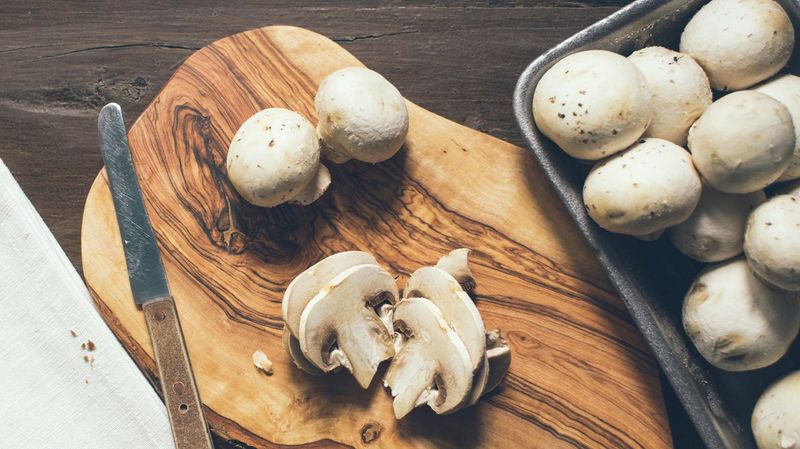
White button mushrooms, often mistaken for vegetables, are low in key nutrients. While they add a subtle flavor to dishes, they don’t pack the nutritional punch of their more colorful counterparts. Their mild taste can complement many recipes, but they aren’t a rich source of vitamins or minerals. For those seeking more nutrients, consider adding portobello or shiitake mushrooms to your meals instead.
9. Water Chestnuts

Water chestnuts are known for their crunchy texture, but they’re nutritionally lacking. Commonly found in Asian cuisine, these tubers offer minimal vitamins and minerals. While they add a textural contrast to dishes, their nutritional profile is sparse. If you’re looking to boost your meal’s nutrient content, swap them for veggies like bell peppers or carrots, which offer more vitamins and antioxidants.
10. Onions (When Overcooked)

Overcooked onions lose many beneficial compounds and nutrients. While onions initially offer health benefits like antioxidants, cooking them too long diminishes their nutritional value. Though caramelized onions add flavor to various dishes, the overcooking process can strip away essential nutrients. For a healthier approach, try lightly sautéeing onions to retain more of their natural benefits.
11. Bamboo Shoots (Canned)
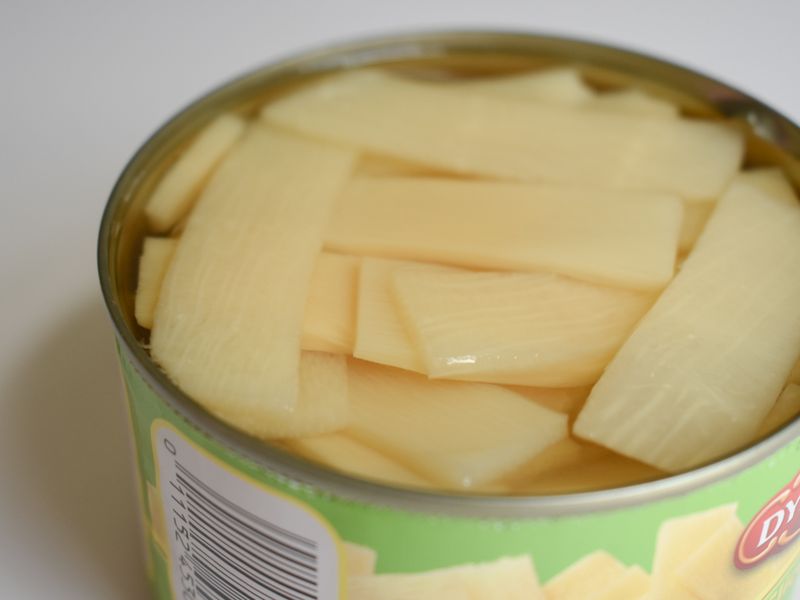
Canned bamboo shoots are mostly fiber and water, with low vitamin content. While they provide a crunchy texture in dishes, their nutritional value is minimal. The canning process can further deplete any remaining nutrients, making them less beneficial. To enjoy more nutrients, opt for fresh bamboo shoots or consider other veggies like asparagus or green beans.
12. Pickles
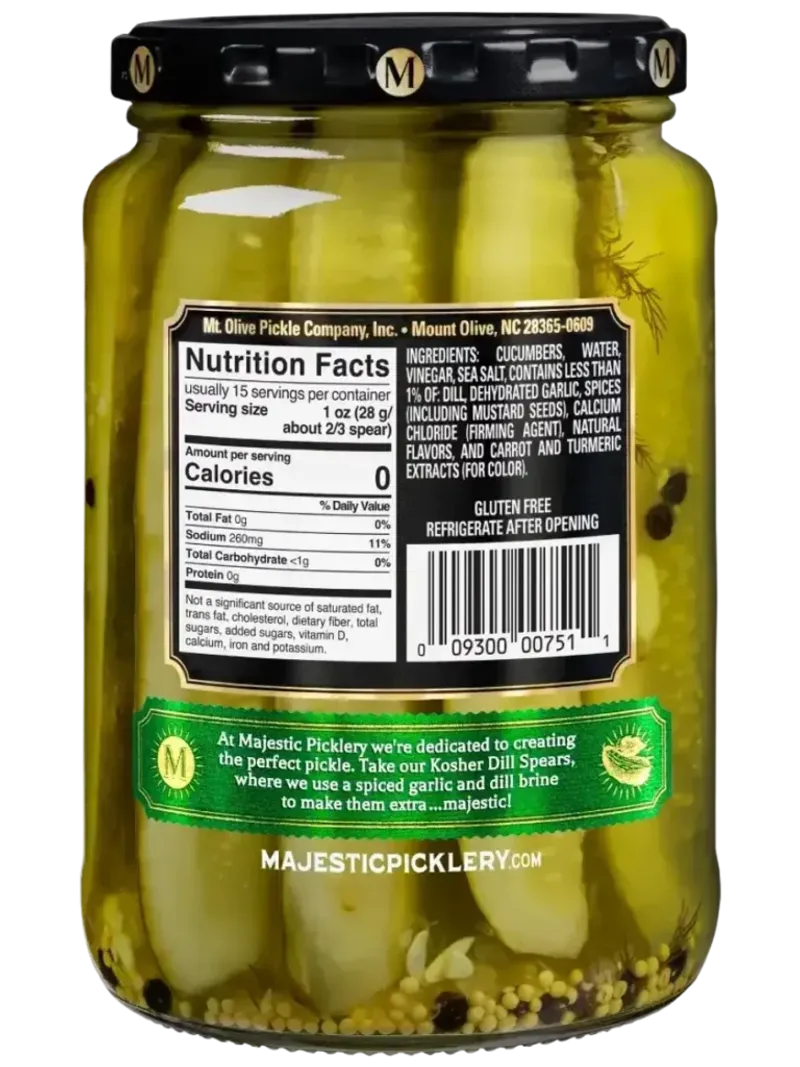
Pickles, while flavorful and crunchy, are high in sodium and offer minimal vitamin content. The pickling process often reduces the nutrient levels found in fresh cucumbers. Though they can add zest to dishes, relying on pickles for nutrition isn’t ideal. If you’re seeking more nutrient-rich options, fresh cucumbers or fermented vegetables like kimchi could be a better choice.
13. Radishes

Radishes are appreciated for their peppery flavor and crunch, but they’re light on nutrition. While they add color and spice to salads, they aren’t nutrient-dense compared to other vegetables. Offering minimal vitamins, they do provide some fiber, but not enough to be considered a nutritional powerhouse. For a more balanced option, try incorporating radish greens or other leafy vegetables into your dishes.
14. Cabbage (Boiled)

Boiling cabbage can kill many of its antioxidants and vitamin C content. While cabbage is nutritious when raw or lightly cooked, boiling it leads to a significant loss of essential nutrients. Despite its rich history as a staple veggie, overcooking diminishes its benefits. To preserve more of its nutritional value, consider steaming or stir-frying cabbage instead.
15. Green Bell Peppers

Green bell peppers are less nutrient-dense compared to their red, yellow, or orange counterparts. While they offer a mild flavor and crunch, their vitamin and mineral content isn’t as high as the more colorful varieties. For those looking for more nutrients, red bell peppers provide over double the vitamin C. Incorporating a variety of bell pepper colors can enhance both flavor and nutrition.
16. Spinach

Spinach, a verdant superfood, is rich in iron, folate, and vitamin K, making it a wonderful addition to any meal. Its tender leaves can be enjoyed raw in salads or cooked down into dishes, offering versatility and nutrition. Known for its role in promoting strong bones and healthy blood, spinach is a powerhouse among greens. Its rich nutrient profile has made it a favored choice for those seeking to boost their health naturally. Whether blended into smoothies or sautéed, spinach brings a wealth of benefits to the table.
17. Kale
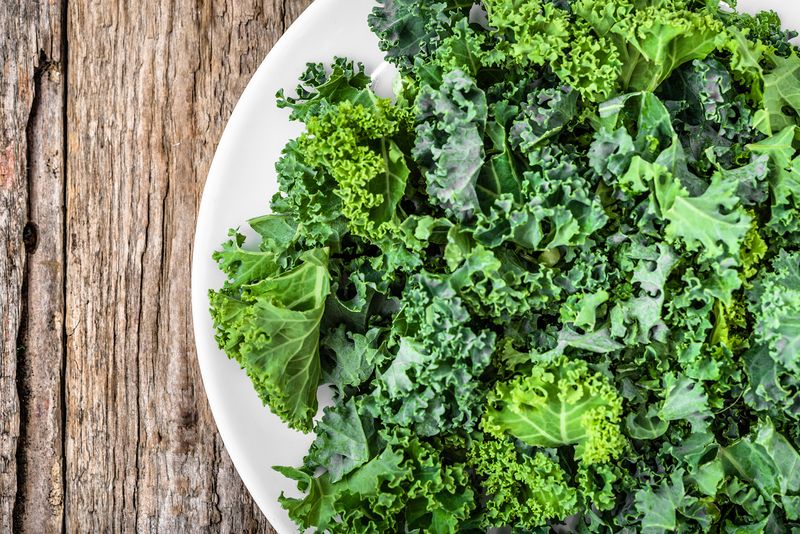
Kale is celebrated as a true superfood, loaded with antioxidants, calcium, and fiber. Its robust leaves offer a hearty texture and are perfect for salads, smoothies, or chips. Known for its ability to support detoxification and overall health, kale has become a staple in many diets. With its high nutrient density, it provides essential vitamins and minerals that promote well-being and vitality. Whether massaged into salads or blended into juices, kale’s versatility and nutritional richness make it a standout choice.
18. Sweet Potatoes

Sweet potatoes stand out with their bright orange hue and high beta-carotene content. Rich in fiber and complex carbohydrates, they provide sustained energy and support digestive health. Unlike their white counterparts, sweet potatoes offer more vitamins and minerals, making them a favored choice for health-conscious individuals. Their natural sweetness adds depth to both savory and sweet dishes, while their nutrient profile supports overall wellness. Baked, mashed, or roasted, sweet potatoes are a delicious and healthful addition to any meal.
19. Broccoli
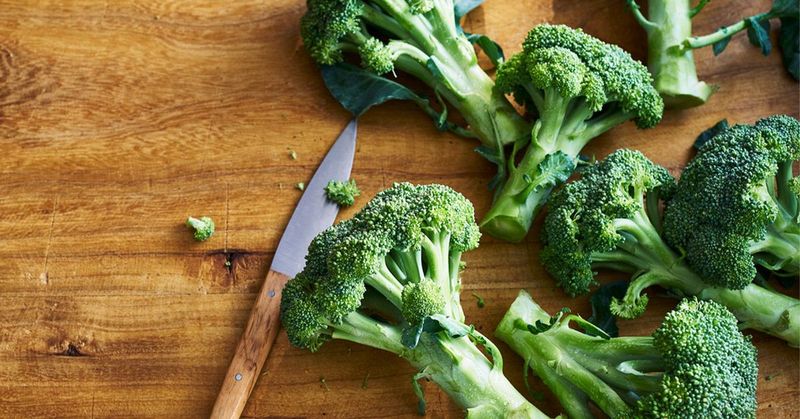
Broccoli is packed with vitamin C, fiber, and cancer-fighting compounds, making it a nutritional powerhouse. Its florets and stems provide a crunchy texture and mild flavor that complement various dishes. Known for supporting immune function and digestive health, broccoli is a favorite among health enthusiasts. Its rich nutrient content aids in detoxification and overall vitality. Whether steamed, roasted, or added to stir-fries, broccoli’s versatility and health benefits make it an essential component of a balanced diet.
20. Red Bell Peppers

Red bell peppers offer more than double the vitamin C content of their green counterparts, making them a vibrant and nutritious choice. Their sweet flavor and crisp texture enhance a variety of dishes, from salads to stir-fries. Rich in antioxidants, red bell peppers support immune health and skin vitality. Their bright color adds visual appeal and nutritional density to meals. Whether enjoyed raw or cooked, these peppers are a delicious way to boost your vitamin intake.
21. Brussels Sprouts

Brussels sprouts are rich in fiber, folate, and detox-supporting nutrients, making them a valuable addition to any diet. Their compact, leafy heads offer a nutty flavor that shines when roasted or sautéed. Known for their ability to support digestive health and provide essential vitamins, Brussels sprouts are a favorite among veggie lovers. Their nutrient density and unique taste make them an excellent choice for those seeking to enhance their meals with healthful ingredients.
22. Carrots

Carrots, loaded with beta-carotene and vitamin A, are celebrated for their eye health benefits. Their crunchy texture and natural sweetness make them a versatile addition to meals and snacks. Whether enjoyed raw, roasted, or juiced, carrots provide essential nutrients that support overall wellness. They are a favorite among those looking to enhance their diet with flavorful and healthful ingredients. Carrots’ vibrant color and rich nutritional profile make them a standout choice for promoting good health.
23. Beets
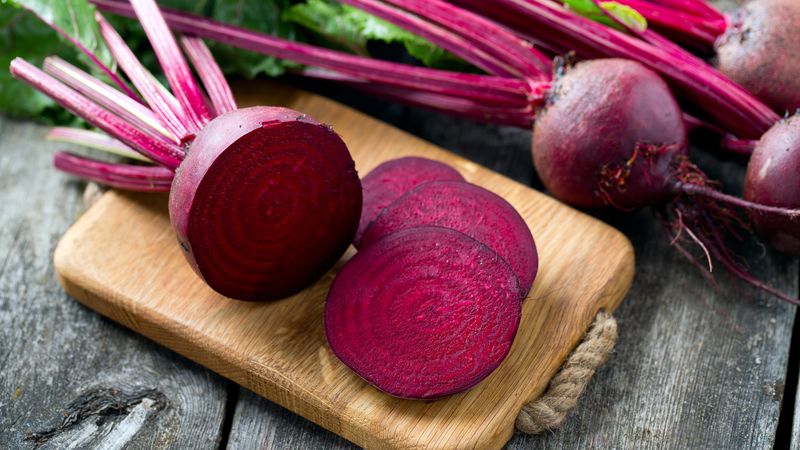
Beets are a powerhouse of natural nitrates, antioxidants, and fiber, offering a wealth of health benefits. Their earthy flavor and vibrant color add depth to salads, soups, and juices. Known for supporting cardiovascular health and detoxification, beets have garnered attention for their nutritional richness. Their unique taste enhances a variety of dishes, making them a popular choice among those seeking nutrient-dense options. Whether roasted or blended, beets provide essential vitamins and minerals that promote well-being.
24. Cauliflower

Cauliflower is high in fiber, vitamin C, and a versatile option for low-carb dishes. Its mild flavor and firm texture allow it to be transformed into rice, pizza crust, or mashed alternatives. Known for supporting digestive health and providing essential nutrients, cauliflower has become a staple in many health-conscious diets. Its nutrient density and adaptability make it a valuable addition to meals. Whether roasted or steamed, cauliflower’s health benefits and culinary flexibility make it a favored choice.
25. Swiss Chard
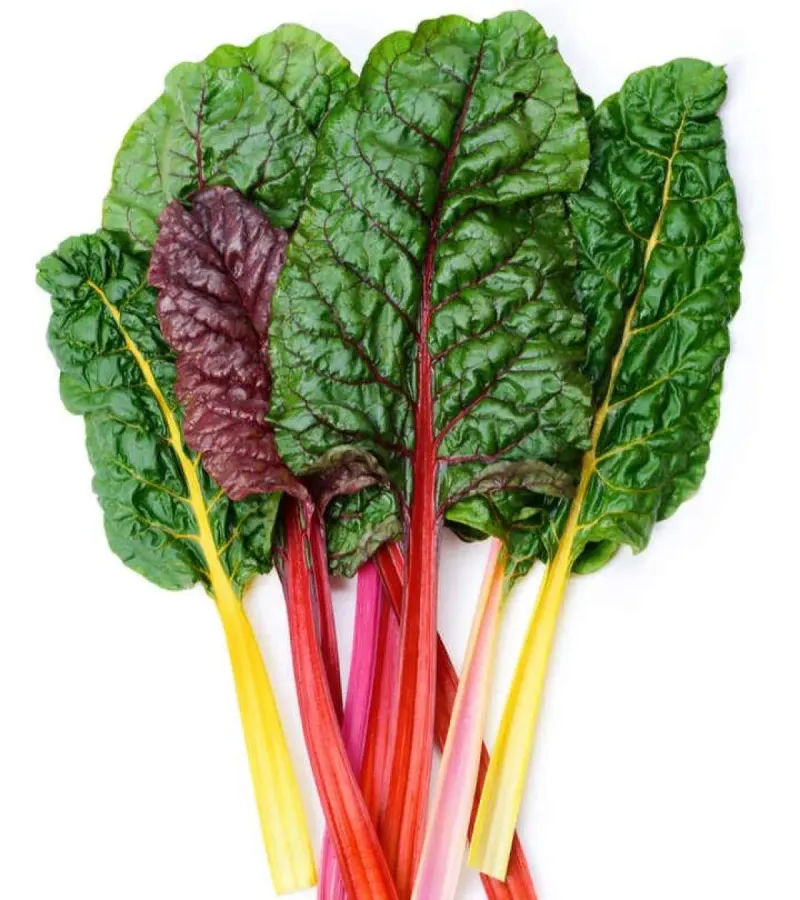
Swiss chard is a great source of magnesium, iron, and vitamin K, offering a vibrant addition to meals. Its broad leaves and colorful stems provide both visual appeal and nutritional richness. Known for supporting bone health and overall vitality, Swiss chard is a beloved choice among leafy greens. Its unique taste and versatility make it suitable for salads, sautés, or stews. Whether enjoyed raw or cooked, Swiss chard’s nutrient profile and culinary adaptability make it a standout option for enhancing dishes.
26. Asparagus
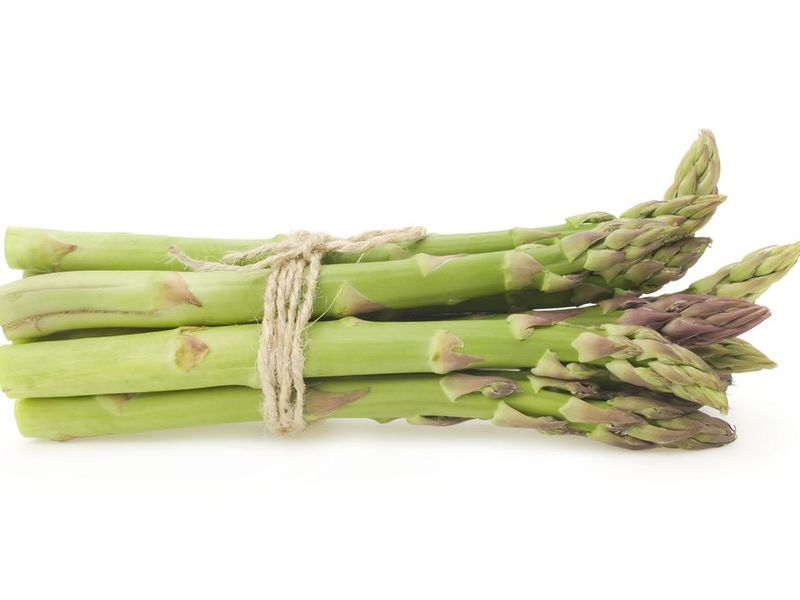
Asparagus is loaded with folate, vitamin K, and detox-supporting compounds, making it a nutritious addition to meals. Its tender spears offer a distinct flavor that pairs well with a variety of dishes. Known for promoting bone health and supporting detoxification, asparagus is a favorite among those seeking nutrient-rich options. Its versatility allows it to be roasted, grilled, or steamed, providing essential nutrients in every bite. Asparagus’ unique taste and health benefits make it a valuable component of a balanced diet.
27. Red Cabbage
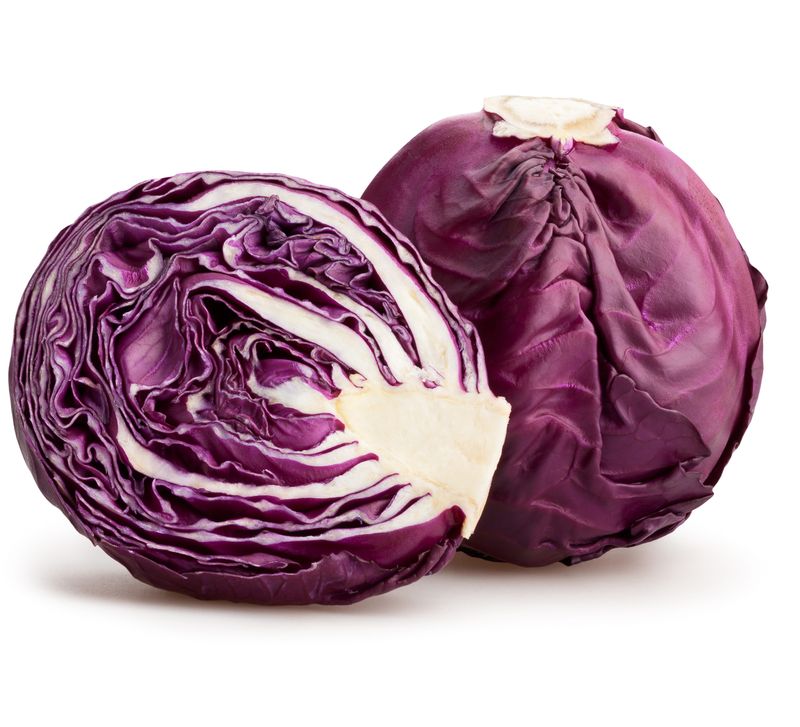
Red cabbage is higher in antioxidants than green or boiled varieties, offering a colorful and nutritious option for meals. Its crisp texture and bold color enhance salads, slaws, and stir-fries. Known for supporting immune health and providing essential vitamins, red cabbage is a popular choice among health-conscious individuals. Its vibrant hue and nutrient density make it a standout ingredient for those seeking to enrich their diet with flavorful options. Whether raw or lightly cooked, red cabbage’s benefits and versatility make it a favored choice.
28. Arugula
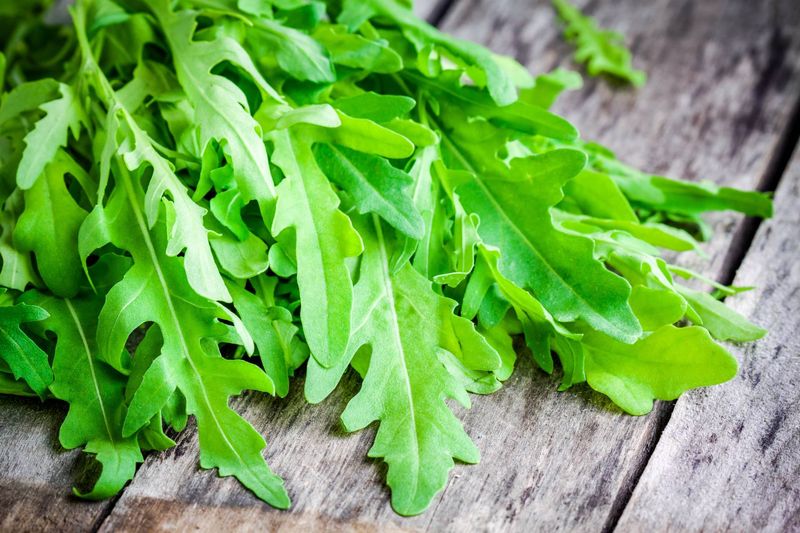
Arugula, with its peppery greens, is rich in calcium, potassium, and folate, providing a robust addition to salads and dishes. Its unique flavor adds a zesty kick to meals, enhancing both taste and nutrition. Known for promoting bone health and overall vitality, arugula is a cherished choice among leafy greens. Its nutrient density and distinct taste make it suitable for various culinary creations. Whether enjoyed on its own or mixed into dishes, arugula’s benefits and bold flavor make it a favored option for health enthusiasts.
29. Collard Greens
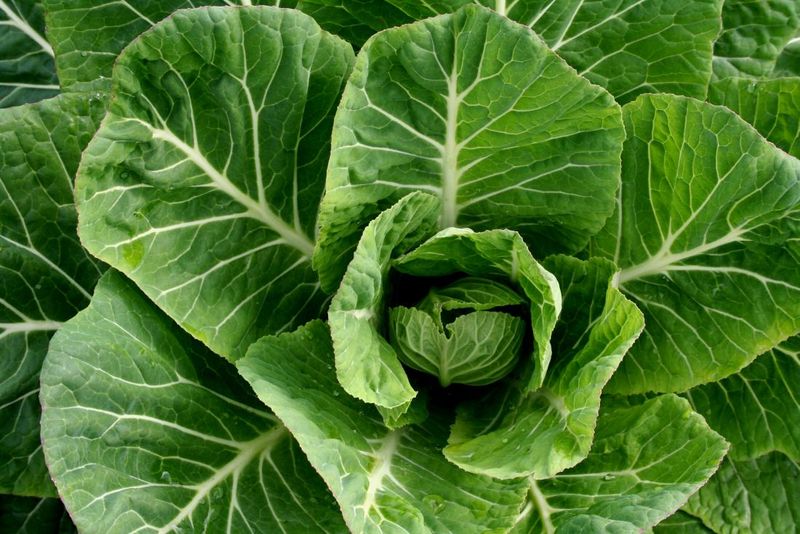
Collard greens are a great source of calcium, fiber, and antioxidants, providing a nutritious addition to meals. Their robust leaves offer a hearty texture and rich flavor, suitable for various dishes. Known for supporting bone health and promoting overall well-being, collard greens are a popular choice among vegetable lovers. Their nutrient richness and culinary versatility make them a valuable addition to a balanced diet. Whether sautéed or added to stews, collard greens’ health benefits and satisfying taste make them a favored option.
30. Bok Choy
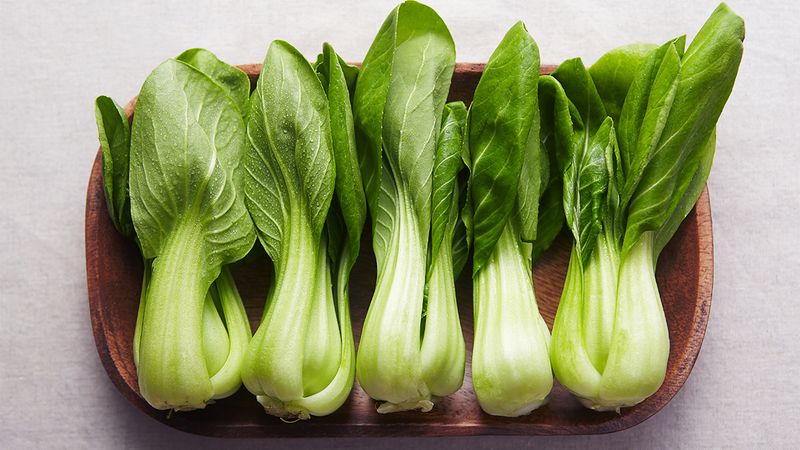
Bok choy, though low in calories, is rich in vitamin A, C, and bone-supporting minerals, making it a nutritious choice. Its tender leaves and crunchy stems provide a delightful texture that complements various dishes. Known for supporting bone health and immune function, bok choy is a staple in many Asian cuisines. Its nutrient density and mild flavor make it a versatile option for enhancing meals. Whether stir-fried or added to soups, bok choy’s benefits and culinary flexibility make it a favored ingredient among health-conscious individuals.
